HIStalk Interviews Andrew Smith, Managing Partner, Impact Advisors
Andrew “Andy” Smith is founder and managing partner of Impact Advisors.

Tell me about yourself and the company.
I started Impact Advisors 18 years ago with my brother, my wife, and one of our dear friends. It has been a journey. I feel very blessed and grateful for all of the great clients that we get to work with and all the great associates that have joined our team.
We are dedicated to healthcare. We have become a full-service healthcare management consultancy over the last 18 years. I am proud of the work we’ve done.
What topics are top of mind for health system IT leaders?
It’s no surprise that merger and acquisition activity is driving a lot of work, particularly in the technology space. The technology becomes the central nervous system of a health system. As you merge, acquire, and increasingly, divest, we’re seeing a lot of investment to standardized systems.
That ultimately drives standardization of systems, workflows, and process. That’s the biggest driver of technology change, and in itself, drives a lot of other things in terms of change management, optimization around clinical or rev cycle, labor force, or supply chain. We have built a lot of services to complement the technology change. We consider ourselves a technology-enabled process improvement firm. That’s an important part of catalyzing change and making sure that it’s persistent.
How does cloud migration fit into the strategy of health systems?
The migration to the cloud is probably going slower than most people would anticipate. But it’s obviously important in terms of scalability, the ability to make change quickly and to do it economically. It’s definitely a direction that’s going to continue. We have built services to help our clients make that journey. We think it’s an important complementary technology to all the other things that we talked about in terms of standardization, normalization, and change management.
What is the level of demand for AI-related services?
The demand is high. I don’t know if we’re at the zenith of the hype curve, but we’re probably getting pretty close. It’s getting debated in boardrooms. People are concerned about it. Our particular perspective is that the promise of it is unparalleled. This is a real revolution in technology and the opportunity is amazing.
It has been a slow uptake. A lot of people are hoping that their core vendor platforms are going to help them with this. But we think it’s a much more nuanced kind of patchwork quilt that people are going to have to embed into all of their systems.
Our advice is, don’t take it all on at once. Find a particular area or use case and focus on that. It’s hard not to get excited about it, but we will have to go through that hype curve. Then it becomes useful and embedded in the technology and workflow.
AI is changing daily and switching costs seem to be generally low. How will vendors plan for possible churn?
Our advice is on these innovative things is, don’t bet the farm. Place bets that you may be OK with displacing in two or three years as the market evolves, where it’s really nascent where we are right now. There will be a lot of change, a lot of dynamicism. It’s important to pilot. It’s important to be able to move quickly if you recognize that things aren’t working and cut bait and move on.
How are health systems addressing clinician burnout?
Just cleaning up the AI-generated note, abstracting, and patient communications are all good use cases for AI. All would help with clinician burnout. There’s high promise there. If you look at some of the EMR technology, what they’re doing in terms of building the note and building frameworks and templates for clinicians is probably one of the best things we can do with AI.
As they say, AI isn’t going to replace our clinicians, but clinicians who don’t use AI might get replaced by clinicians who do use AI. That’s really the future. This is not going to replace our clinicians. It’s got the promise to make their lives easier, to improve their efficacy, and to improve the clinical outcomes as a tool, but not as a displacement technology.
How do AI vendors pick a path to coexist with the handful of major health system EHR vendors?
There’s such a high barrier to entry. The path would be to find an area of expertise that’s maybe complementary or a different business model, like in the ERP space, where cloud vendors remove some of that high cost barrier to entry.
We’ve condensed options in the EMR space to just a few platforms, and that won’t change any time soon. It takes years and it’s a complicated workflow that is hard for a new entrant. The technologies that I get excited about are those that are tackling or complementing a particular use case. Some exciting things are happening in the ambient documentation space, but it’s a high barrier to entry.
How do consulting companies resist the urge to offer any services that someone will pay for and instead develop a narrower but deeper and more easily explained expertise?
We develop services in collaboration with our clients. We’ve got a really nice relationship with them, I am grateful and thankful for the clients that we get to serve. Our service lines are developed collaboratively where our clients have need.
A CEO told me that no matter what the market is, if you’re helping people be more efficient, be more safe, and provide better clinical outcomes at a better price, you’re always going to be successful as a health system. If we can support that mission, then we’ll always be successful as a consulting firm.
We’re excited about data and AI as an important growth topic for us. Business process outsourcing is a huge growth area. As people reach steady state and have implemented new ERP and EMR platforms, how they can maintain and enhance those platforms at a cheaper price? That’s a huge growth area for us.
We’ve developed some near-shore capability. We’ve developed a lot of outsourcing capability. That’s a real growth engine for us. As I said, mergers and acquisitions are driving a lot of it. If we can help our clients get to whatever their new normal is, or their aspirational state post-merger, that’s important and something that our clients are going to demand.
What is the health system balance now among outsourcing, managed services, and contracted short-term resources versus building their own internal expertise?
I’ve seen growth in demand around discrete outsourcing around particular processes, particularly AR management, rev cycle, supply chain, and clinical help desk. Things that are discrete carve-outs that may not be the mission of a health system. Economies of scale can be provided if you outsource some of those things, and maybe a discipline and set of methodologies that might be helpful.
We’ve seen a return to full outsourcing over the last couple years, but I’m not sure that’s always as effective. Sometimes the health system needs to control those moments of truth — their interaction with their customers, their clients, and their caregivers.
What is the status of remote work?
It has been fascinating to see how quickly that changed with COVID. We have always been remote. We have two offices, both in the Chicagoland area, but we are working in 48 states right now and have people living in all 50 states.
It has been an interesting shift for our clients as they move to remote. It requires a different management model and a different level of discipline and communications to make that effective. Some of our clients have struggled with it, and some are really excelling at it.
I don’t see that it’s ever going to go back to the expectation that everybody will be in the office five days a week. Our clients like some flexibility, their staff likes some flexibility, and our staff likes the flexibility. It hasn’t reduced the efficiency of our clients or certainly our business, but you do lose some things around communication, teamwork, and joint problem solving. A hybrid environment makes a lot of sense.
We were wondering if this would be threatening to a consulting model, that all of a sudden our clients, instead of hiring consultants or purchasing services, they would just hire people in Fargo, California, New York, or wherever the talent may be. That has happened a little bit, but for the most part, we haven’t seen a huge displacement of our services resulting from that.
How are health systems and your company reacting to recent economic events, the possibility of major HHS changes, and the unknown role that the federal government wants to take in overseeing health systems?
I’ve talked to a lot of our clients and they are all worried about it. It’s at the top of everybody’s list. They are worried about cuts to Medicare, and Medicaid.
NIH cuts have already affected them. I met with a researcher at a children’s hospital a couple of weeks ago whose entire budget had been slashed. They had longitudinal studies in flight and they are scrambling to find private and other public funding sources. Hospitals and providers will have to make some pretty difficult choices about whether they continue to fund these through operating income or they close down and scuttle some of these programs.
They are all threatened and not quite sure what exactly it means, but I see our clients starting to tighten the belt, start some austerity, and get nervous about these anticipated changes.
It’s a tumultuous time for our providers and our health system right now. I feel an obligation to help find a way out of this, to find creative solutions. The answer is almost always that you can do things more efficiently. If you can do them more effectively, if you can make things safer and improve outcomes, that’s good for everybody. That’s what we’re going to stay focused on.
We talk about rising tide and waning tide services. Rising tide services might be as health systems can make big investments in big technology platforms, that’s a rising tide. We can help them with that. If there is waning tide, austerity, or labor issues, we have a set of services to help with that, too, in terms of labor optimization, change management, and workflow optimization. We can do that in different ways, such as that we would only benefit if they benefit. We can price things differently and more creatively. We can help our clients navigate these tumultuous times, but it’s going to be weird for a bit and our clients are nervous about it.
Despite some of the challenges, I’m really excited about the promise and potential of the solutions, the creativity, the technology, and the change. It seems like we’re working through a really magical time in our industry. We’ve seen a lot of change. I’ve been in this industry for 30 years and I’ve never been more excited about the pace of change, the opportunity, and the new and novel things that we’re doing as an industry. It’s an exciting time. I’m pleased to be serving our clients in the industry and I’m proud of our team that we’ve built and the work that we are doing.














































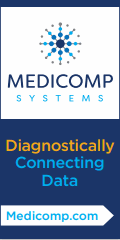
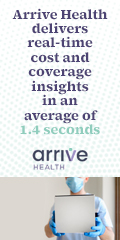
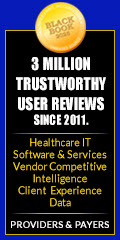


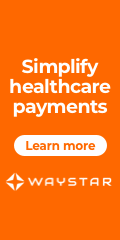
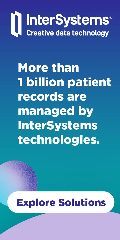
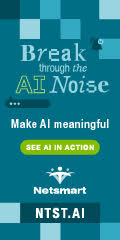
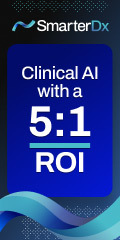
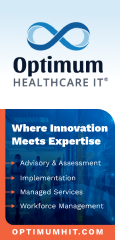
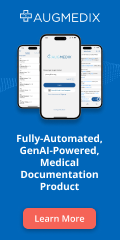

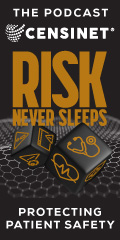
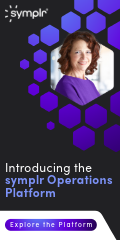


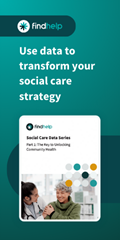


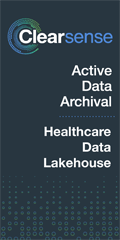
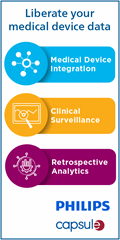
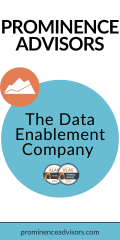

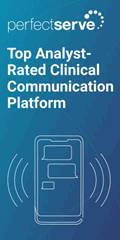
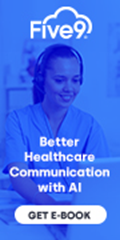

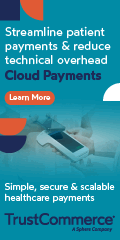

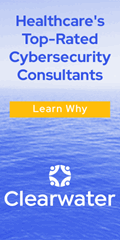
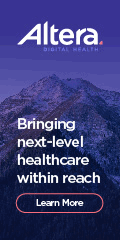




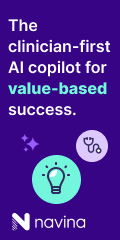
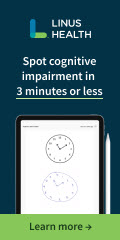
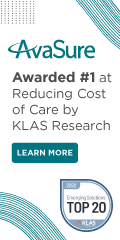
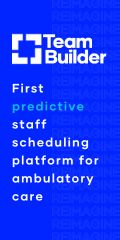

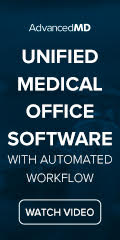



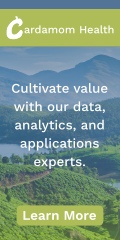
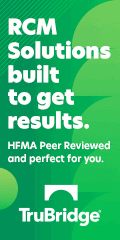



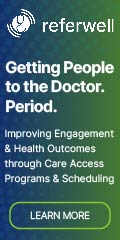

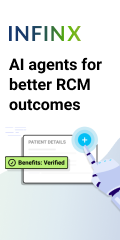
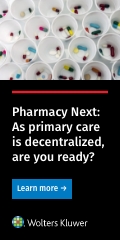




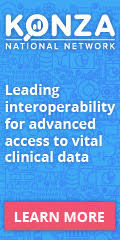
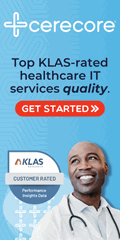




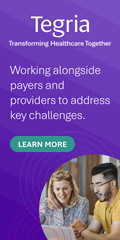

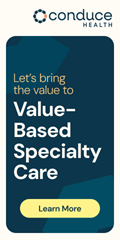

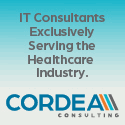



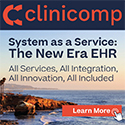
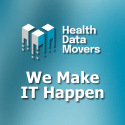
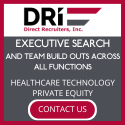




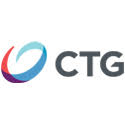
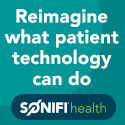
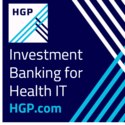
The primary point of using the Cloud is using operating expenses vs limited capital ones and avoiding having to update…